
There’s a new generation
of icons.
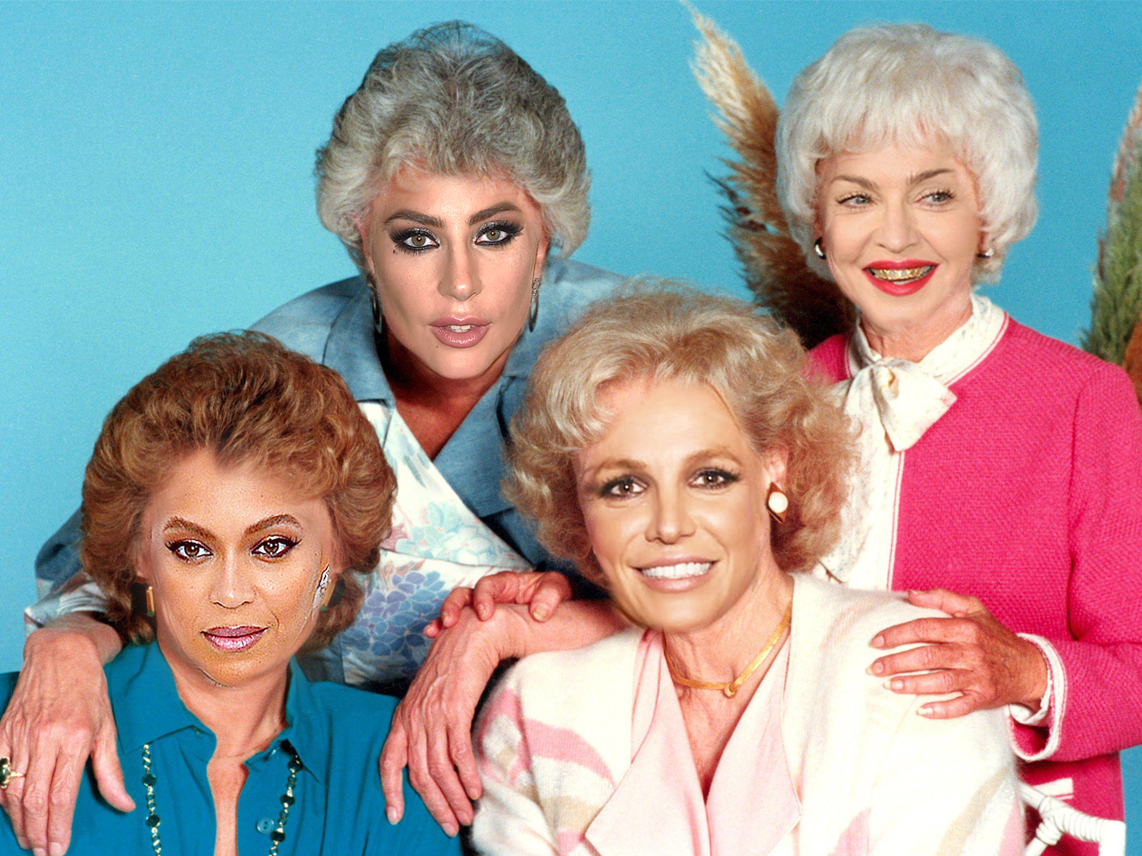
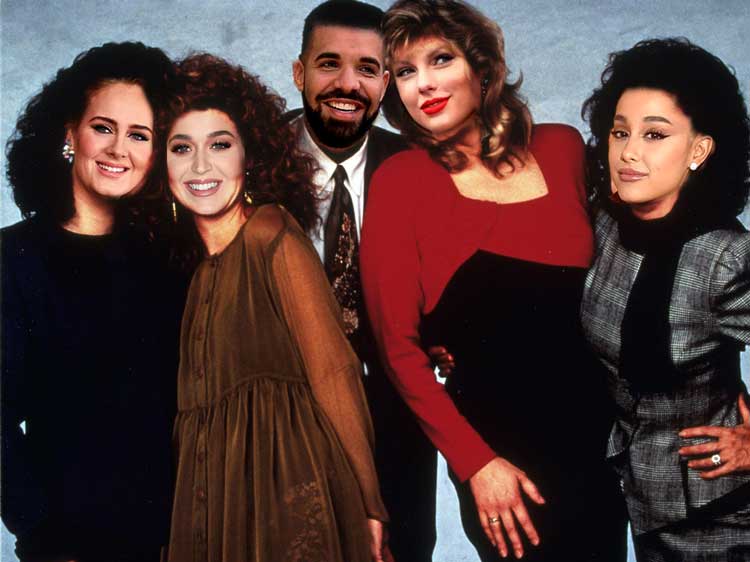
By the end of the 2000s, Beyoncé, Britney, and Gaga were the undisputed queens of pop.
They were not only culturally and commercially relevant, but their influence was becoming evident on a new generation of pop girls.
As the 2010s progressed, Britneyoncéaga transitioned from pop stars to pop icons, still turning out exciting work but also cashing in on the legacies they’d spent years building.
Eventually, one era of pop gave way to another, and as a new class of icons began to take power, they brought with them a whole new generation of stans…
(sigh)
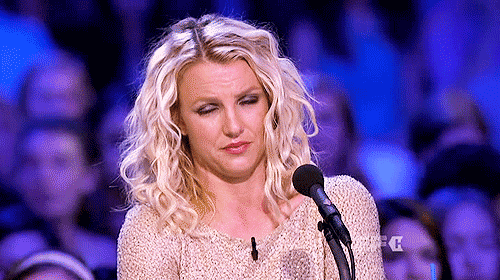
Here’s a mildly interesting, but useless bit of pop music trivia.

Artist accomplishments
became ri-goddamn-diculous
Over the last decade, pure sales took a sharp decline, and a new metric of measuring commercial success emerged.
However, what didn’t change was stans’ obsessive need to assert the dominance of their fave– even if they had to make up ridiculous-ass achievements.
While we all may sleep a little better knowing that Demi Lovato is the 69th most listened to artist on Spotify, or that Cardi B. is the first female rapper to sell out an arena in Iowa, it’s hard to shake the idea that if an “accomplishment” has more than two qualifiers, it may not be the massive achievement we think it is.
Or, in simpler terms, if everything is an achievement then nothing is an achievement.
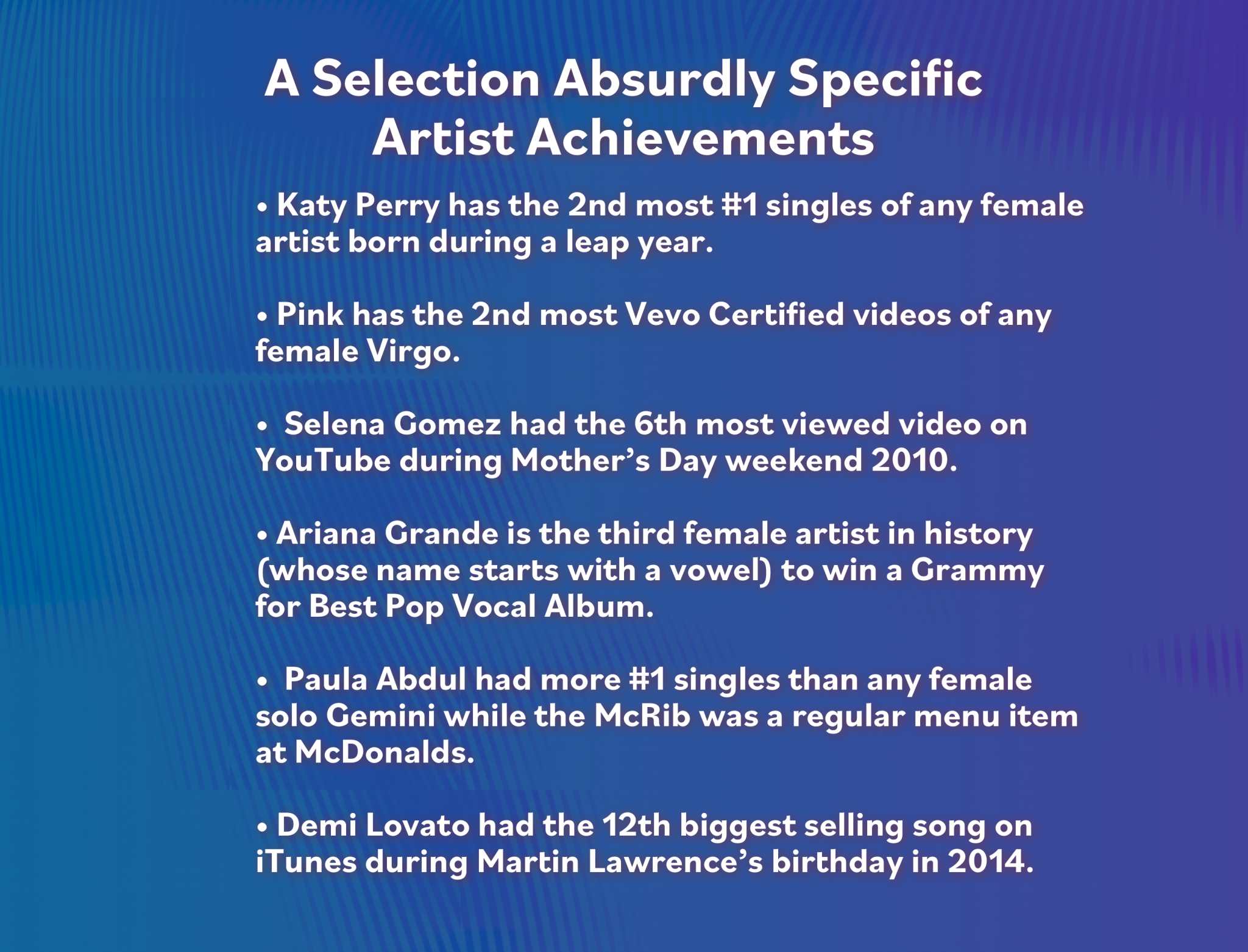

K-Pop Stans Have Taken Over
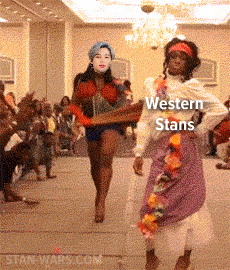
Do you really need an expository paragraph?
The title is very clear.
And there’s a GIF.
This isn’t one of those “paid per word” thingys.

Stans got woke…
What happens when an online movement that aims to get digital brownie points off the accomplishments of female pop stars meets an online movement that aims to get digital brownie points off the suffering of working-class minorities?
Hilarity ensues, of course.
When stan culture started on private, members-only message boards, it was a goddamn free-for-all. It was uncensored, unfiltered, offensive, and absolute gutter trash.
And it was awesome.
As stans began migrating to more mainstream social media platforms, the end game was no longer getting a few replies to a post, it was now getting thousands of likes and retweets. And when the end goal is engagement, you will play whatever game you need to play in order to maintain relevance.
For some stans, that game has been wokeness, or, more specifically, the performance of wokeness for a digital audience.
This is not to say that there aren’t people who legitimately care about social issues and use social media to bring about actual change. But about six years ago, a class of wannabe influencers masquerading as wannabe activists realized that they could create social clubs and job opportunities in the blood puddles of marginalized people while not actually doing anything of any substantive value for them.
And stans quickly took notice.
Stans realized that the same engagement they got from being obnoxiously vile, they could also get from being performatively woke (and also still obnoxiously vile).

On the surface, stan culture and woke culture seem more than a little incompatible.
Woke culture (ostensibly) advocates for diversity and cultural specificity; while stans spend all day arguing about which of their faves is most popular and palatable to White people.
While pop culture can be a great entry point into learning about societal issues (particularly for non-Black stans who only care about Black people when they are pop stars or victims of police violence), some stans only view social issues as a means of online engagement rather than real-world advocacy.

Stan culture has become
mind-numbingly repetitive.
Animation: Stan Wars/Shutterstock
The world of stan humor and content has changed drastically.
Once stan culture officially went mainstream and GIF engines became a standard feature on every major communication tool, stan humor became templatized to the point where you no longer had to be funny in order to be funny.
The obvious downside (particularly for elderly stans in their mid 20’s and older) is that stan culture has been reduced to the same GIFs, jokes, memes, arguments, posts, platitudes, and tweets repeated over and over and over and over again until your brain starts to glaze over. And your body wants to throw itself in front of the next thing that comes speeding past your apartment.
While stan humor has become so mind-numbingly, soul-crushingly, and ass-itchingly monotonous, there is something oddly empowering about the fact that 85% of all stan humor comes from the same four Black women.
Also, stan bots are a thing.
Seriously.
We should be a lot more concerned about stan bots.

Stan culture is now mainstream.
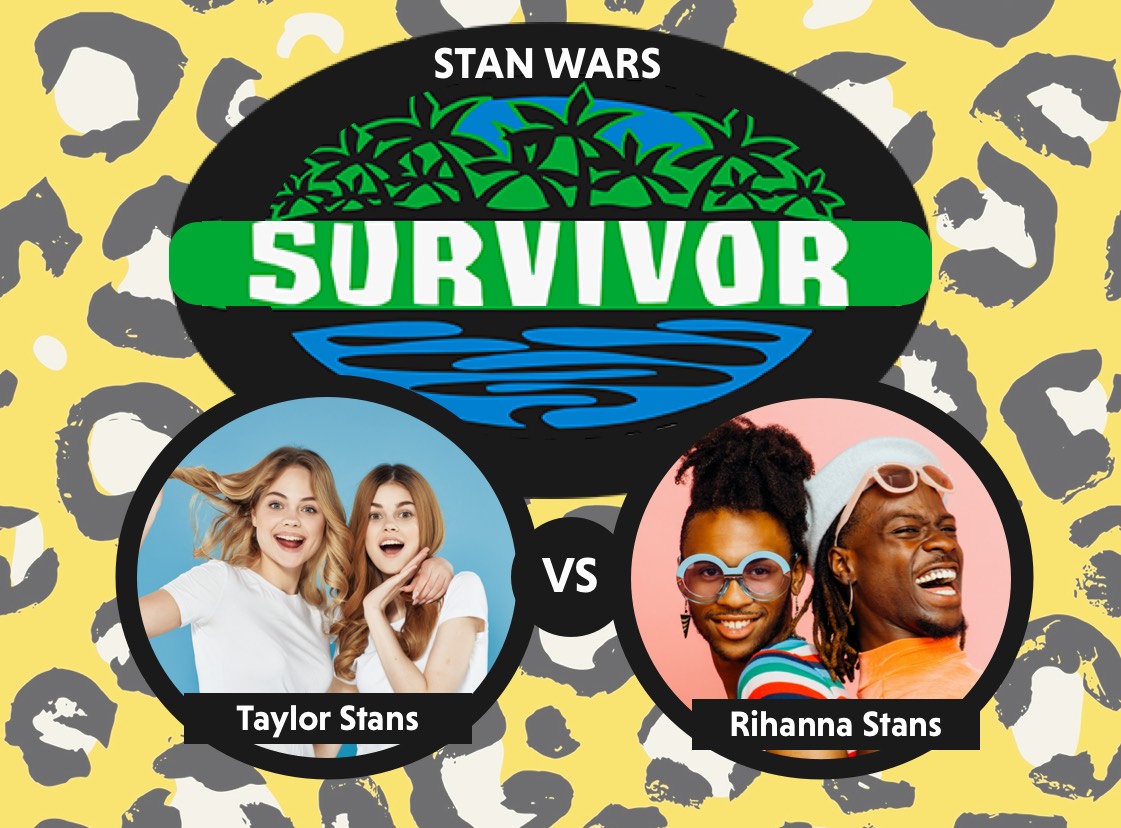
When Stan Wars launched in 2010, it featured a guide to understanding stan lingo.
A decade later, that guide has become wholly unnecessary, as stan language AAVE and Black gay slang have become commonplace in everyday communication.
White tweens and millennials talking like Black aunties and Harlem house mothers may have been unsettling at first. But once major corporations and media companies realized that stan culture was the best way to talk to (and market to) the youth, there was no turning back, and eventually, stan culture became pop culture.
The language and sensibilities that started on obscure stan message boards 15 years ago have now permeated not just pop culture, but politics and almost every facet of online communication.
As with any mainstream movement, stan culture has faced a backlash with many people pointing out how mob-like internet fan groups often do more harm than good. As a result, there have been many calling for the abolition of stan culture.
While stans can be absolute trash in so many ways, obsessive celebrity worship has existed for centuries and won’t end soon (even Jesus had stans).
Many of the people sharply critical of the cult-like worship in stan culture rarely have the same critiques for the mindless sheep mentality in religion, academia, or activism. And many of the people yelling “abolish celebrity culture” are doing so while simultaneously trying to get as many social media followers as possible and using celebrities’ names for engagement.
And so, if you are an obsessed stan whose mental well-being is dependent on how many Norwegians are streaming Billie Eilish at this very minute, you can rest assured that stan culture isn’t going anywhere. As long as music fans obsessively fixate on pop stars’ lives as if they’re getting a paycheck for it, stan culture will always thrive.
You love to see it.
